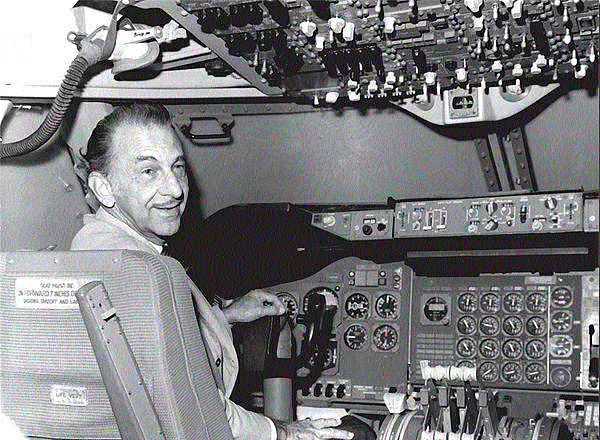‘Air India’: Ready for a fresh take-off
| Date :09-Oct-2021 |

By Vijay Phanshikar
THAT morning in Bombay (now Mumbai) in 1953, it was raining heavily, and as he proceeded to the Santacruz Airport, J.R.D. Tata’s eyes, too, were flowing -- in grief, in frustration. For, he was on his way to handing over ‘Air India’ to the Government of Prime Minister Pandit Jawaharlal Nehru under a forced nationalisation.
All his life, J.R.D. Tata carried that grief in his heart -- more so when the Government kept messing up with the airline that had already become India’s national carrier under the Tata banner. The Government did flaunt the acquisition all right, but continued to effect a slow-poisoning of the wonderful enterprise over time.
Obviously for political reasons, the Government wanted to wrest the control of ‘Air India’ from the Tatas. J.R.D.’s sense of independence, his advocacy of private enterprise, his straightforwardness in dealing, his steadfast refusal to join hands with the undesirable kept adding negative points to his account. And the political elements found ‘Air India’ as a rather easy prey, as it needed a major effort to stay afloat. Though those efforts were yielding positive results, the Government still wanted ‘Air India’. What followed was one of the most intense disputes between the Government and a private enterprise, then the country’s largest by any definition.
J.R.D. Tata’s opposition was not just on a philosophical plane, though. He saw in advance
that the airline would do well in due course of time -- not too much distant into future. His reasoning was impeccable, and his approach favoured private enterprise with all positive arguments. However, haunted by the ideological seduction of mixed-economy, the Government was in no mood to listen to reason -- finally deciding to nationalise the Tatas’ most darling enterprise for which J.R.D. Tata had himself spent all his energies.
That moment of parting with ‘Air India’ was certainly a heart-wrenching and wretched moment for the iconic captain of Indian industry. He could never grow out of that grief. And with passage of years, he started realising that the Government was almost ill-treating ‘Air India’ by ignoring basic principles of management and core values of corporate governance, the two planks on which all Tata enterprises stood.
‘Air India’ started flying paradoxically into rough weather when the global aviation sector was picking up -- right when the Tata Group was scaling newer heights of corporate success in other areas. Occasionally, J.R.D. did try to urge the Government to allow him to take back ‘Air India’, though to no avail.
What happened in later years is history all too well-known to the people. ‘Air India’ continued in tailspin for long, even as the aviation sector was opened for private investment. The political masters kept opening up various sectors to private players even at the cost of ‘Air India’ gains. It appeared as a well-planned euthanasia, but the Government was in no mood to listen to voice of reason. The airline’s decline began in a rather irreversible tailspin when J.R.D. Tata was still alive and active. And by the time Ratan Tata took over Tata Sons’ Chairmanship, ‘Air India’ had become a certified failure, so to say.
All these details well up from memory as the Tatas have been able to make a successful bid to get back the control of ‘Air India’. Actually, what happened between 1953 and now was nothing but a saga of political obstinacy mixed with lack of foresight and a near-total absence of commitment to excellence. Almost without any logically correct reason, the Government was allowing ‘Air India’ to collapse under the weight of mismanagement, no matter the political tall talk of rejuvenating the airline with a lot of funding -- against all principles of sanity, in pursuance of mere political vanity.
At this momentous turn of events, it must be said that Ratan Tata has been able to take back ‘Air India’ -- and fulfill J.R.D.’s dream (and vision), in all readiness for a new take-off into the skies, possibly re-assuming its premier position eventually.